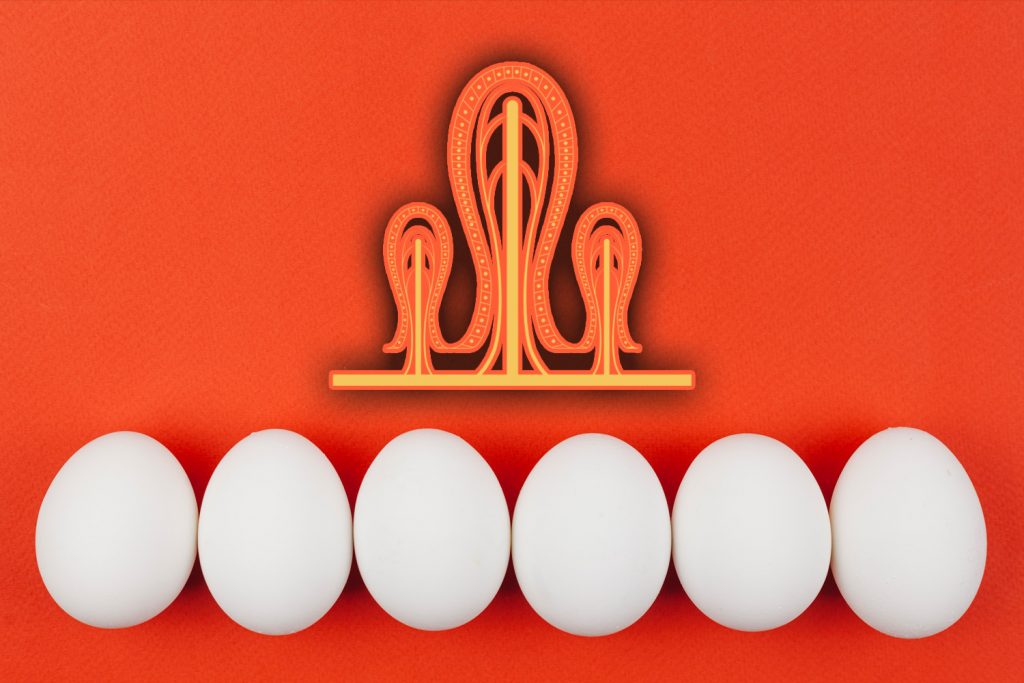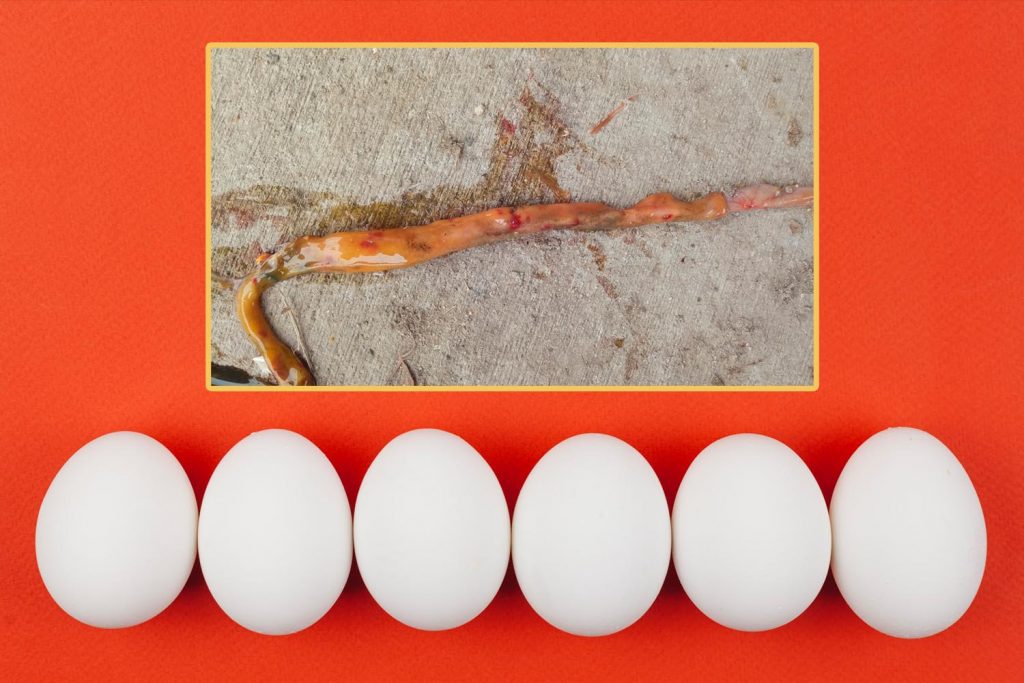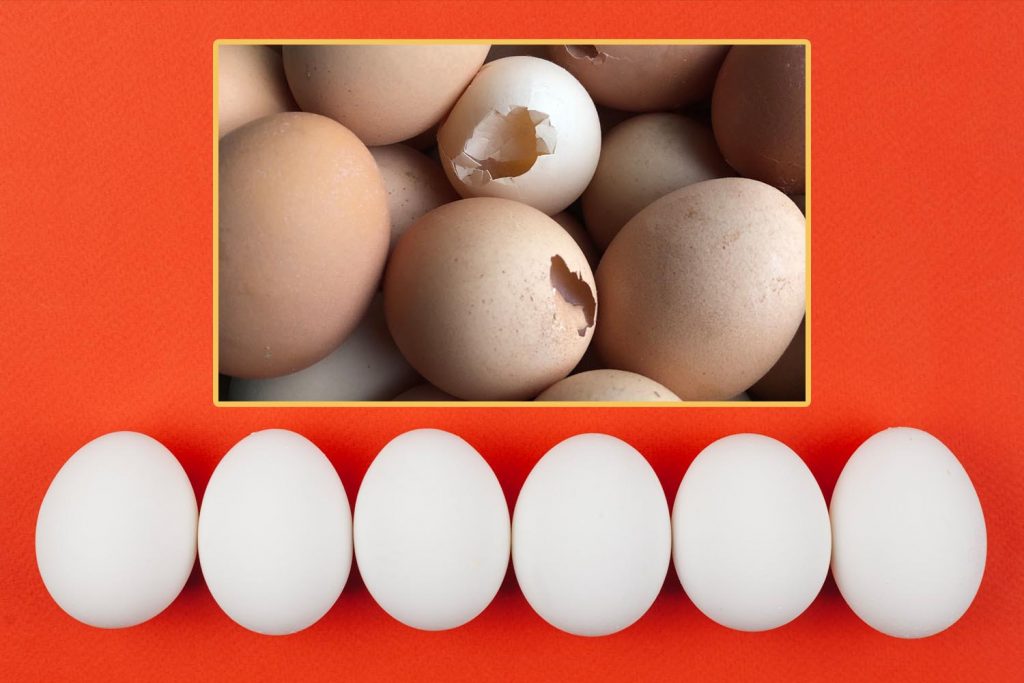05 May Relationship between digestive function, health and productivity in laying hens

The genetic potential of farm animals has improved significantly in the recent decades. However, it is estimated that the productivity of commercial farms is 35% below the genetic potential due to suboptimal conditions and health status.
Gut health plays a key role in the expressing of the genetic potential: the digestive system is responsible of the efficient transformation of feed into meat, milk or eggs; acts as a barrier to protect the body from infections and it is involved in the functioning of the immune system.
In large-scale commercial egg production, laying hens are continuously challenged due to intensive farming, management practices and hormonal changes.
Nowadays the gut health of the layer matters more than ever. In many countries, consumer preferences have been shifting towards eggs produced in non-cage environments and, in these new housing systems, birds are in closer contact with the litter and are more prone to the proliferation of gut pathogens.
Main challenges of gut health in layers
A survey conducted during 2014 by the Association of Veterinarians of Egg Production in USA highlighted that gastrointestinal problems are responsible of 40% of the health issues during the pullet period and 50% during the production period. Among these gastrointestinal diseases, coccidiosis was the most important threat, followed by necrotic enteritis and feed passage.
Digestive health is progressively reduced with age, leading to a dysfunction of nutrient digestion and absorption and to immune problems. As a result, eggs produced by older hens show increased micro cracks, gross cracks and a higher number of dirty eggs are seen.
A poor digestive health is also related with footpad dermatitis and with the leaky gut syndrome. Leaky gut leads to the translocation of gut pathogens such as Salmonella sp. and E.coli to extraintestinal organs, causing liver infections, perihepatitis, colibacillosis, peritonitis and salpingitis. According to the survey made by the Association of Veterinarians of Egg Production, peritonitis and colibacilosis are the two most important health concerns for producers, and both may be related with leaky gut.
The routine administration of phytobiotics to pullets and layers is useful to restore and maintain gut health. The products based on phytobiotics developed by PlusVet Animal Health target the three features of gut health (healthy tissues, balanced microbiome, strong digestive immunity). This holistic design makes our products radically different from competitors.
Our extensive field experiences and the many trials that we have carried out up to date prove that our products are effective to fight the main digestive diseases in laying hens. Hereby we list some examples:
- Our phytogenics are effective in mixed infections of coccidia and Clostridium perfringens (Scientific trial, field trial)
- Our products are effective against necrotic enteritis
- Our phytogenics are able to restore gut health in cases of feed passage (case in layers, case in broilers)
- Our products are effective against Salmonella sp.
- Our phytogenics for gut health combined with PhytoMax© reduce the percentage of eggshell defects

Gut heath and immune system
The overgrowth of pathogens in the digestive system triggers an immunological response that consumes energy and nutrients that would be otherwise used to normal physiological functions and egg production. Visible signs of this nutrient shift are reduced bone strength, loss of appetite, weight loss and a worse Feed Conversion Rate.
The regular use of phytogenics in poultry strengthens the gut’s barrier function and balances gut flora, preventing the overgrowth of pathogens.
Gut health and productivity
During the early stages of the life of a pullet, a series of morphological and physiological changes take place in the digestive system with the aim of expanding the absorptive surface, allowing the maturation of the epithelial cells, starting enzyme secretion and nutrient absorption and initiating the activity of the digestive immune system.
On the other hand, during the first month of the life of the birds, the composition and diversity of the gut microbiota can be easily influenced by environmental and management factors, feed composition and the use of feed additives such as phytobiotics.
The use of phytobiotics during the pullet stage contributes to an optimal development of the digestive organs and gut microbiota, which will result in better functioning of the digestive system and productivity in later stages.
Furthermore, the routine use of phytobiotics improves the uniformity of the flock and allows to achieve the target weight at key moments of the life of the pullet.
In adult hens, during the production period, a healthy digestive system is essential for optimal nutrient digestion and absorption. Therefore, enhancing gut health during the laying period is necessary to achieve the genetic potential of the layers in terms of laying rate, body weight, and Feed Conversion Ratio; to maintain egg quality and to prolong the productive life of the hen.
With the use of our products based on phytogenics, especially when combined with PhytoMax©, it is possible to boost the laying rate and the feed conversion ratio of the layers, prolonging the productive life.

Factors that need to be taken in account to investigate the impact of gut health on the productivity of layers
Parameters related to productivity
It is key to observe the changes in productivity parameters in relation to gut health challenges.
- Laying rate
- Body weight of the layers (g/hen)
- Egg weight (g)
- Egg mass (g/hen)
- % of qualified eggs
- Feed intake (g/hen)
- Water intake (ml/hen)
- Feed conversion (g feed / g egg mass)
Appearance of the animals
- Dirty or wet vent
- Poor feathering, dirty feathers
- Poor body condition
- High incidence of footpad dermatitis
Evaluation of the feces
Dry feces can be collected from the litter areas, manure belts, etc.
To perform certain analysis such as moisture, presence of parasites or determination of gut flora composition, it is advised to collect fresh feces. Fresh fecal samples of the birds are collected by laying clean papers or plastics on the cage floor / bedding (depending on the design of the house) during several hours, until approximately 100 grams of feces are obtained.
- Appearance
- Moisture
- Count of gastrointestinal parasites including coccidia
- Composition of gut flora
On necropsy
Each section of the digestive system, from the beak to the distal end, should be carefully observed and evaluated.
- General body condition (muscle, fat, and skeletal composition and health)
- Abnormal crop and gizzard contents
- Appearance of beak, crop, proventriculus and gizzard
- Abnormal intestinal contents, including watery or foamy contents, presence of undigested feed, presence of orange to red mucus
- Thickness, translucency and fragility of the intestinal walls
- Gut ballooning
- Presence of inflammation
- Presence of lesions specific to a disease
- Presence of parasites
- Samples of tissues can be taken for histopathology
Factors related to nutrition
- Changes in the diet or in feed ingredients that correlate to the digestive problem
- Quality of the finished feed and feed ingredients: mycotoxins, antinutritional factors, etc.
- Water quality (mineral composition, pH)
- Microbiological quality of feed and water, feeders and drinkers
- Cleaning and management of the silos to prevent microbiological contamination and presence of pests
Factors related to management and biosafety
- Temperature and humidity in the house
- Ventilation
- Design of the house. Birds’ access to fecal mater must be limited as much as possible.
- Routine cleaning of the facility and collection of feces
- Downtime between flocks and effectiveness of the cleaning and disinfection
- Presence of insects and other pests
- Biosafety plans

